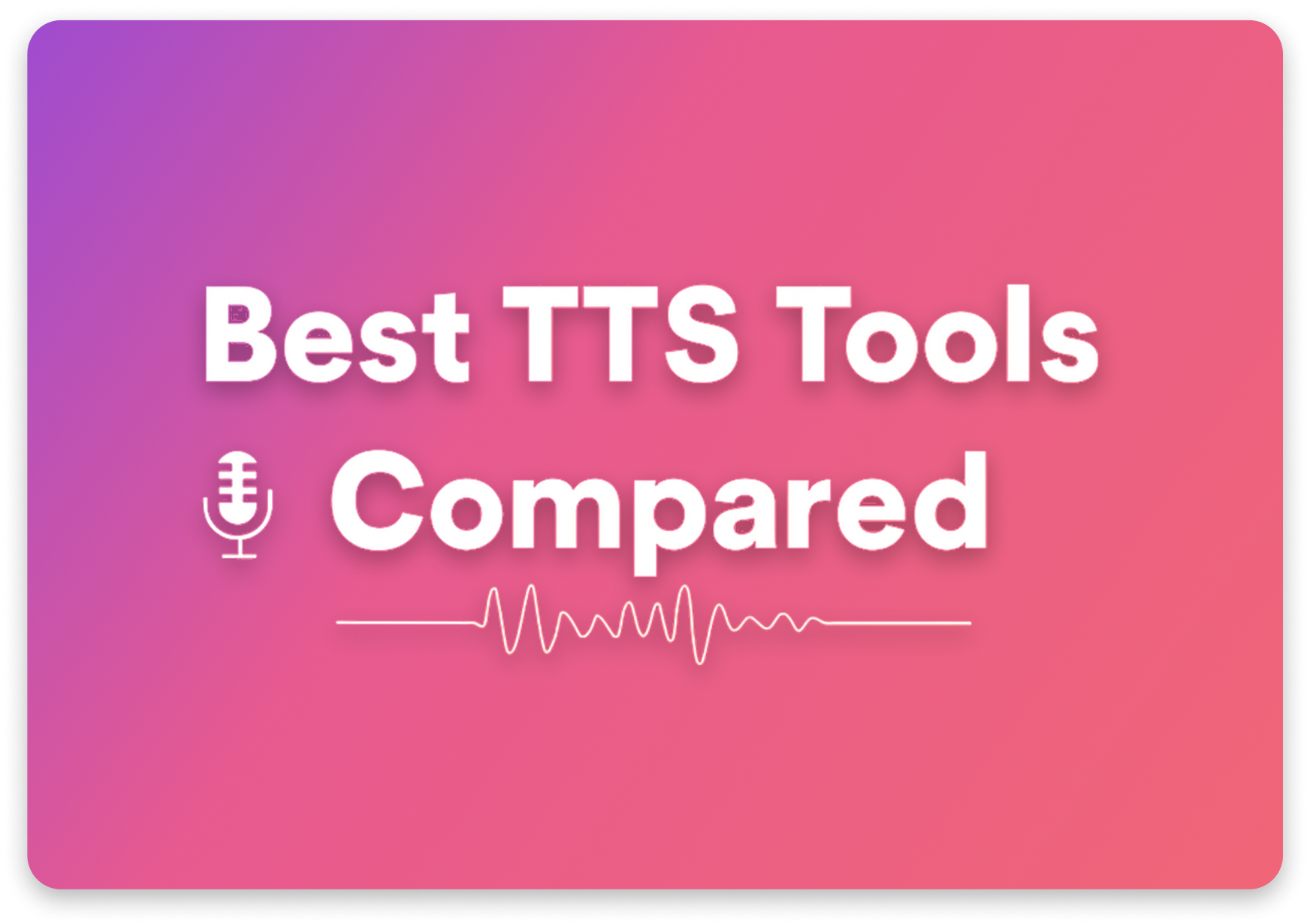ElevenLabs vs Hume: Compare high-fidelity TTS and voice cloning with empathic, real-time voice AI—features, integrations, use cases, and which platform fits creators or live agents.

ElevenLabs vs Hume frames the 2025 AI audio landscape around two distinct priorities: ElevenLabs optimizes high-fidelity text-to-speech, voice cloning, dubbing, and studio workflows for content creators and localization teams, while Hume focuses on empathic, low-latency voice interfaces that sense and respond to emotion in real time. This comparison matters because teams now choose between scale and realism for produced audio versus responsive emotional intelligence for live conversational experiences. ElevenLabs delivers a browser-based Studio, Voice Lab for cloning and design, multilingual dubbing and batch rendering, plus REST APIs and mobile playback—suited to YouTubers, podcasters, e-learning teams, publishers, and localization workflows. Hume provides an Empathic Voice Interface with emotion analysis, expressive TTS, real-time WebSocket streaming, and SDKs for JS/Python—suited to product teams building CX agents, coaching apps, wellness tools, and assistive conversational systems. Read on to see how each platform compares on usability, voice quality, emotion control, integrations, customization, pricing models, and security so you can match the right technology to content pipelines or live, affect-aware agents.
ElevenLabs is a leading AI voice generation platform delivering broadcast-quality TTS, voice cloning, and studio tools for creators and enterprises. Offering free and paid plans plus enterprise licensing, it excels at multilingual dubbing, batch rendering, and API integration—prioritizing realism, speed, and scalable content workflows for narration and accessibility.
ElevenLabs offers an intuitive web studio, clear onboarding, and low-code APIs; creators can produce lifelike narration quickly, use batch tools, and manage projects. Non-technical users adapt fast, while developers appreciate straightforward SDKs and documentation for seamless integration and scaling workflows.
Hume provides an empathic AI voice platform focused on real-time emotional intelligence, expressive TTS, and affective APIs for conversational agents. Targeting product teams and CX, Hume emphasizes low-latency streaming, emotion detection, SDKs for integration, and enterprise offerings—pricing typically usage-based for real-time sessions and enterprise contracts with developer-first documentation and research
Hume targets developers; setup requires real-time architecture, sockets, and streaming audio. Clear SDKs and sample apps aid integration, but teams must manage concurrency, latency, and LLM orchestration. Product accepts engineering effort; non-technical users will need developer collaboration for production deployments.
| Feature | ElevenLabs | Hume |
|---|---|---|
1. Ease of Use & Interface | The web-based Studio is optimized for creators with a simple text editor, voice selection, style sliders, and instant previews, while batch rendering and project folders streamline production workflows for non-technical teams and solo creators. | The platform is developer-first, providing SDKs and real-time APIs that require architecture for streaming audio and turn-taking, making it well suited to engineering teams building live conversational agents rather than point-and-click content production. |
2. Features & Functionality | • High-fidelity text-to-speech with multiple voice models suitable for narration and long-form content.
• Voice cloning and voice design tools that create custom brand or character voices from consented recordings.
• Multilingual dubbing and auto-alignment tools that speed translation and timing for video localization.
• SSML support and pronunciation controls that enable fine-grained prosody and lexical corrections.
• API and SDK access for embedding TTS into websites, apps, and production pipelines.
• Batch rendering, project organization, and export to standard audio formats for content workflows. | • Empathic Voice Interface that modulates synthesized speech based on detected user affect for more natural interactions.
• Real-time streaming synthesis with low-latency turn-taking suitable for live conversational agents.
• Emotion analysis and affect-detection APIs that provide signals for adaptive responses.
• Integration hooks for LLM orchestration and prompt-driven conversational behavior.
• Curated expressive voices optimized for conversational clarity rather than large catalog breadth.
• SDKs and reference apps for building voice agents across web and mobile with event-driven architectures. |
3. Supported Platforms / Integrations | • REST API and language SDKs enable integration into websites, apps, and backend services for on-demand TTS.
• Export workflows that easily drop audio into major NLEs and post-production tools for video projects.
• Community and third-party connectors that streamline CMS, LMS, and automation workflows.
• Mobile Reader and browser-based Studio that support both desktop and mobile content workflows. | • Real-time WebSocket APIs and JS/Python SDKs that support streaming audio and low-latency interactions.
• Integration points for LLM backends and agent orchestration to combine affect with conversational logic.
• Reference implementations for web and mobile that demonstrate live voice agent patterns.
• Event-driven and server-side integration patterns designed for concurrent session management and telemetry. |
4. Customization Options | • Voice cloning from consented audio samples that enable branded or character voices for consistent narration.
• Voice design controls and style sliders that let teams adjust intonation, emphasis, and speaking style.
• SSML and pronunciation lexicons that provide precise control over pauses, emphasis, and pronunciations.
• Multi-speaker composition tools that allow scene-based narration with distinct voices.
• Per-project settings and batch presets that streamline consistent output across episodes and courses. | • Emotion and affect modulation controls that shape prosody and delivery in real time to match user state.
• Conversational turn-taking and timing controls that manage latency and response behavior during live exchanges.
• Tuning knobs and orchestration hooks for LLM prompts to customize agent personality and response style.
• Curated voice options with expressive parameters optimized for conversational clarity and empathy.
• Session-level configuration and telemetry that allow behavior adjustments across concurrent conversations. |
5. Pricing & Plans | • Offers a free tier for testing and experimentation with limited monthly character quotas and access to core voices.
• Subscription tiers increase monthly character allowances and unlock advanced features such as commercial licensing and cloning.
• API usage is metered by characters or credits for on-demand programmatic generation in production workflows.
• Voice cloning, dubbing, and higher-fidelity models are gated by mid-tier or enterprise plans depending on usage needs.
• Enterprise contracts provide custom quotas, SSO, billing terms, and priority support for large-scale deployments. | • Pricing is usage-based and typically tied to real-time minutes, concurrent sessions, or API request volume for conversational workloads.
• Developer access and pre-production tiers are available to experiment with real-time integration before committing to production.
• Enterprise agreements provide custom pricing for high-concurrency agents, SLAs, and dedicated onboarding support.
• Feature access such as emotion analytics and low-latency guarantees can affect plan tiering and per-minute costs.
• Billing often includes considerations for concurrency and latency SLAs rather than per-character quotas used by content platforms. |
6. Customer Support | • Documentation, quick-start guides, and tutorial content provide step-by-step onboarding for creators and developers.
• Community resources and support tiers are available for troubleshooting and workflow questions.
• Enterprise plans include priority support, account management, and SLA options for production usage. | • Developer documentation and reference examples support real-time integration and SDK usage.
• Technical onboarding and integration support are available for pilot and enterprise engagements.
• Enterprise customers receive dedicated support, custom onboarding, and options for SLA-backed assistance. |
7. User Experience & Performance | • Rendering latency is low for batch and API requests, enabling fast iteration and production turnarounds.
• Natural prosody and consistent voice quality make it suitable for long-form narration and repeated episodes.
• Performance remains stable for large batch exports, though extremely large-scale projects benefit from enterprise coordination.
• Real-time conversational responsiveness is limited compared with specialized streaming-first platforms. | • Low-latency streaming and optimized turn-taking deliver responsive conversational interactions in live scenarios.
• Expressive prosody and affect alignment improve perceived empathy and conversational flow during sessions.
• Performance depends on real-time infrastructure and concurrency planning to avoid degraded latency under load.
• The platform is optimized for interactive agents rather than long-form, pre-produced audio pipelines. |
Pros & Cons Table

• Top-tier natural TTS and prosody
• Large community voice library and cloning tools
• Multilingual dubbing and localization features
• Easy web studio with batch exports
• REST API for embedding workflows

• Real-time empathy and emotion sensing not a focus
• Interactive agent pipelines require extra engineering resources
• Voice cloning requires strict consent and compliance workflows
• Pricing scales with heavy dubbing

• Empathic voice interface with affective modulation
• Real-time emotion detection and analysis
• Low-latency streaming and conversational turn-taking
• Developer SDKs and LLM orchestration hooks
• Optimized for CX and coaching apps

• Smaller curated voice catalog versus quantity-focused platforms
• Primarily English support currently
• Limited content dubbing and localization
• Requires engineering for real-time infrastructure and concurrent session cost scaling
Listen2It bridges the gap between professional voice quality and everyday accessibility, making it a smart choice for creators, businesses, and educators.

Clean UI, with drag-and-drop workflow for voiceovers, podcasts, and audiobooks.

Choose from 600+ AI voices in 80+ languages, with natural-sounding emotional intonation and regional accents.

Flexible pay-as-you-go and affordable subscriptions, with all premium voices included—no surprise fees.

Lightning-fast rendering, even for long scripts or audiobooks. Cloud-based—no software install needed.

Multi-user workspaces and robust API for automation or large-scale projects.

GDPR-compliant, secure cloud storage, dedicated support.

If you want more global language coverage or unique voices

If you need a platform for both high-volume and one-off projects

If you value seamless workflows and team features without a steep price tag











